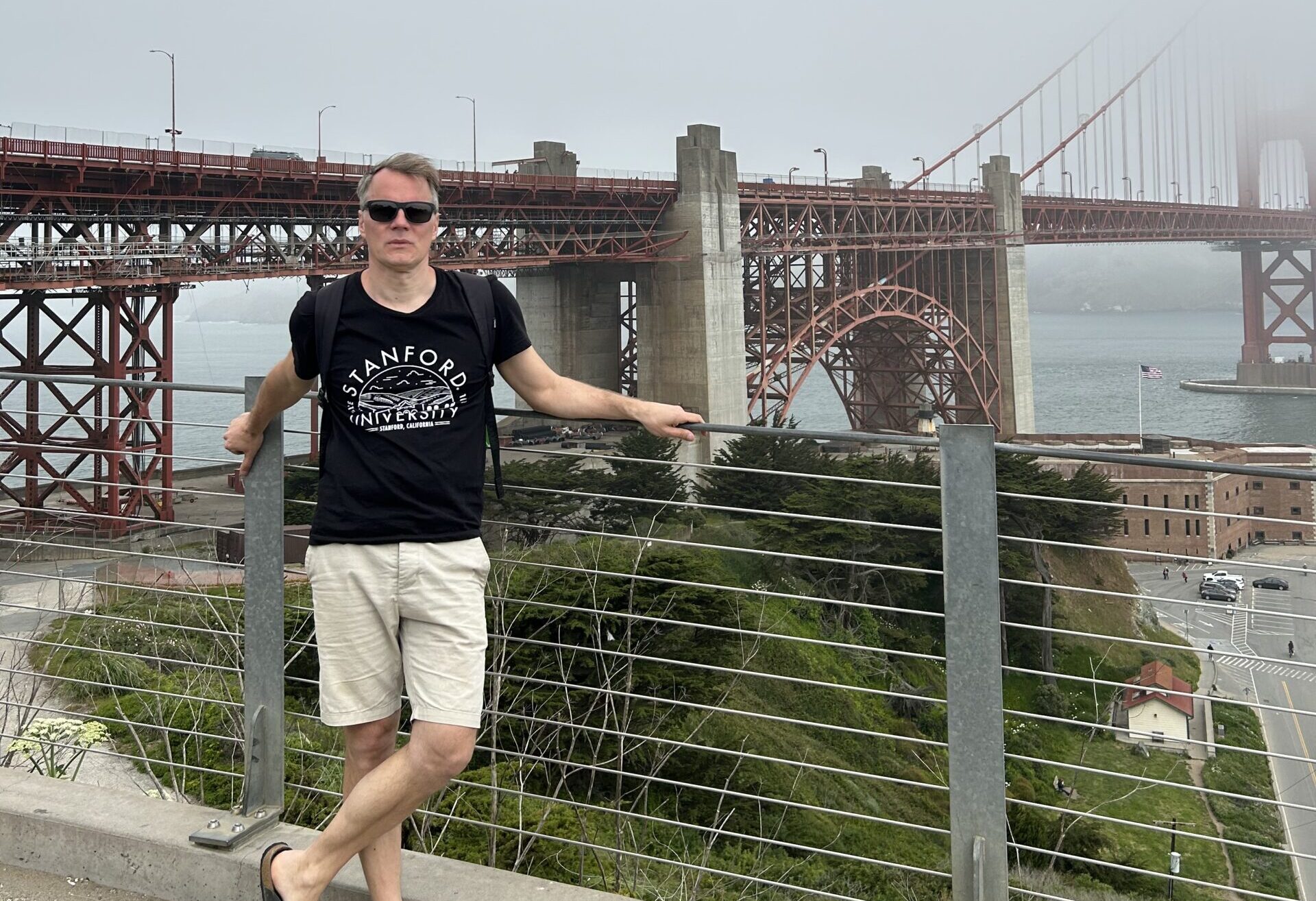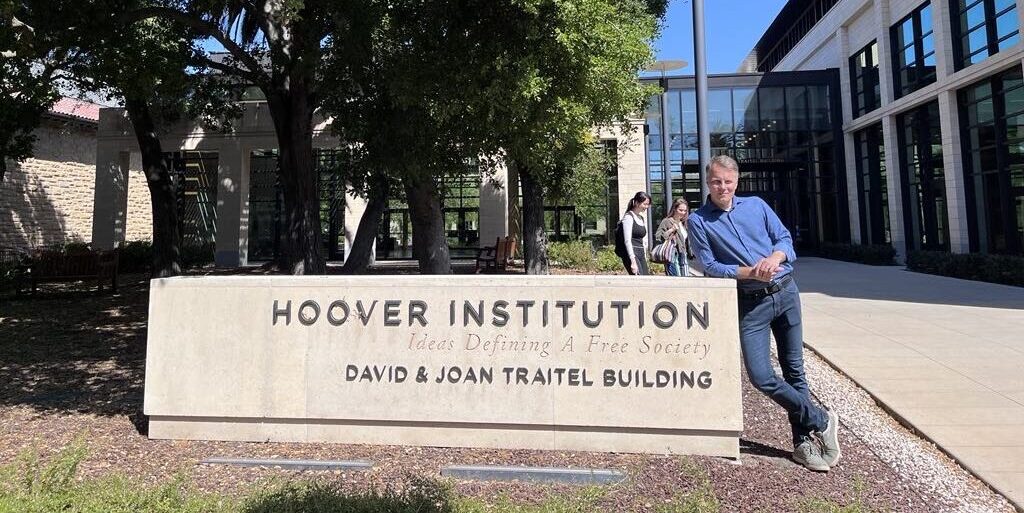Juhan Saharov:
I spent my visiting fellowship at the Centre of Russian, East European, and Eurasian Studies (CREEES) at Stanford in March-April 2024. The fellowship supported my book project on the Estonian perestroika and the Soviet collapse. In the book, I argue that the previous economic experiments in the Estonian SSR, its expert community and managerial knowledge (which was largely absent in other Soviet republics) functioned for local perestroika activists as an intellectual platform for making new radical political claims, like Estonian SSR`s quest for republic`s “self-management” 1987 and then “sovereignty” in 1988.
The book also examines how the “language of sovereignty” was exported from Estonia to other Soviet republics, including Russia in 1989–90. This is the topic why the Hoover Archive at Stanford was invaluable place for finding new sources. In Hoover Archives I worked with John B. Dunlop`s, Brendan Kiernan`s, and Michael McFaul`s collections, which is full of documents from the Soviet perestroika era. The Green Library included many books from late 1980s and early 1990s which I found very useful as well. The amount of relevant literature in the Green Library is impressive and makes me want to return.
The events at the CREEES were wonderful and very well organized. It was an honour to be part of it and give a guest lecture for Stanford students. My lecture Revolutionary Concepts: From Self-Management to Sovereignty in the Soviet Union (1987–1990) talked about the importance of language and concepts, as well as conceptual innovations during the revolutionary times, taking Estonian perestroika and the Soviet Union as its case study. The feedback from the students and my co-fellows was valuable and applicable to my research.
I`m thankful to Shelly Coughlan and Jovana Knežević at the CREEES for such a warm welcome and for making my fellowship a comfortable stay. Special thanks go to Liisi Esse for her professionalism and courage in developing the Estonian / Baltic studies at Stanford. I thank Vabamu and Estonian Ministry of Foreign Affairs for their support and trust to my research.

My time at Stanford was unforgettable, not only because of the enriching experiences in Stanford campus but also due to the adventures I had traveling across California. The state’s natural beauty left a lasting impression on me, especially the breathtaking landscapes of Sequoia National Park and Death Valley. These parks offered mind-blowing experiences that I will cherish forever. Reflecting on my time at Stanford, I feel a profound sense of warmth and gratitude. The combination of academic growth and natural wonders of California made this period of my life truly special.

 Back
Back